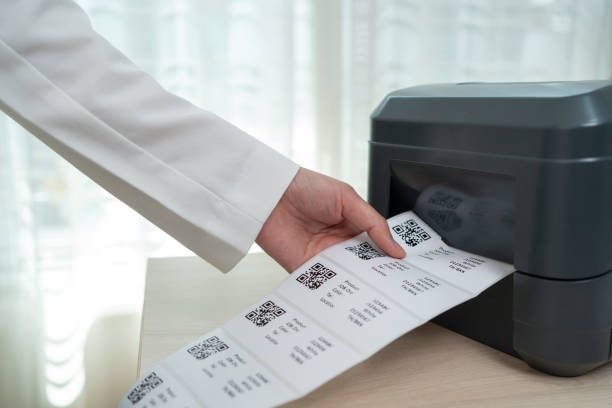
Inkjet Labels Vs Laser Labels
Let's start with inkjet labels. Inkjet printers use liquid ink sprayed onto the label surface to create text and images. These printers are known for their vibrant colors and high-resolution printing capabilities, making them ideal for labels that require intricate designs or photographic images. Inkjet labels are also compatible with a wide range of label materials, including paper, vinyl, and polyester, giving you flexibility in your labeling options.
On the other hand, laser labels are printed using toner powder and heat to fuse the ink onto the label surface. Laser printers are known for their fast printing speeds and crisp, professional-looking results. Laser labels are particularly well-suited for text-heavy labels or labels that require precise, sharp lines. They also offer excellent durability and water resistance, making them ideal for labels that will be exposed to harsh environments or handling.
Inkjet or Laser which is right for you?
So, which type of label is right for you? It ultimately depends on your specific needs and preferences. If you prioritize vibrant colors and high-resolution printing, inkjet labels may be the way to go. However, if you value fast printing speeds and durability, laser labels may be the better choice.
When choosing between inkjet and laser labels, there are a few key factors to consider:
1. Printing Quality: Inkjet printers typically offer superior color accuracy and image resolution compared to laser printers. If your labels require detailed graphics or photographic images, inkjet labels may be the better option.
2. Printing Speed: Laser printers are generally faster than inkjet printers, making them a more efficient choice for large print runs or time-sensitive projects. If you need to print a high volume of labels quickly, laser labels may be the way to go.
3. Durability: Laser labels are known for their durability and resistance to smudging, fading, and water damage. If your labels will be exposed to harsh conditions or handling, laser labels may offer better long-term performance.
4. Cost: Inkjet printers tend to be more affordable upfront than laser printers, but the cost of inkjet ink cartridges can add up over time. Laser printers may have a higher initial cost, but their toner cartridges generally offer a lower cost per page. Consider your budget and printing volume when weighing the overall cost of each option.
Final Thoughts
In conclusion, both inkjet and laser labels have their advantages and disadvantages. Inkjet labels offer vibrant colors and high-resolution printing capabilities, while laser labels provide fast printing speeds and excellent durability. When choosing between the two, consider your specific printing needs, budget, and desired printing quality. By carefully weighing these factors, you can select the right type of label for your project and ensure professional-looking results every time.
